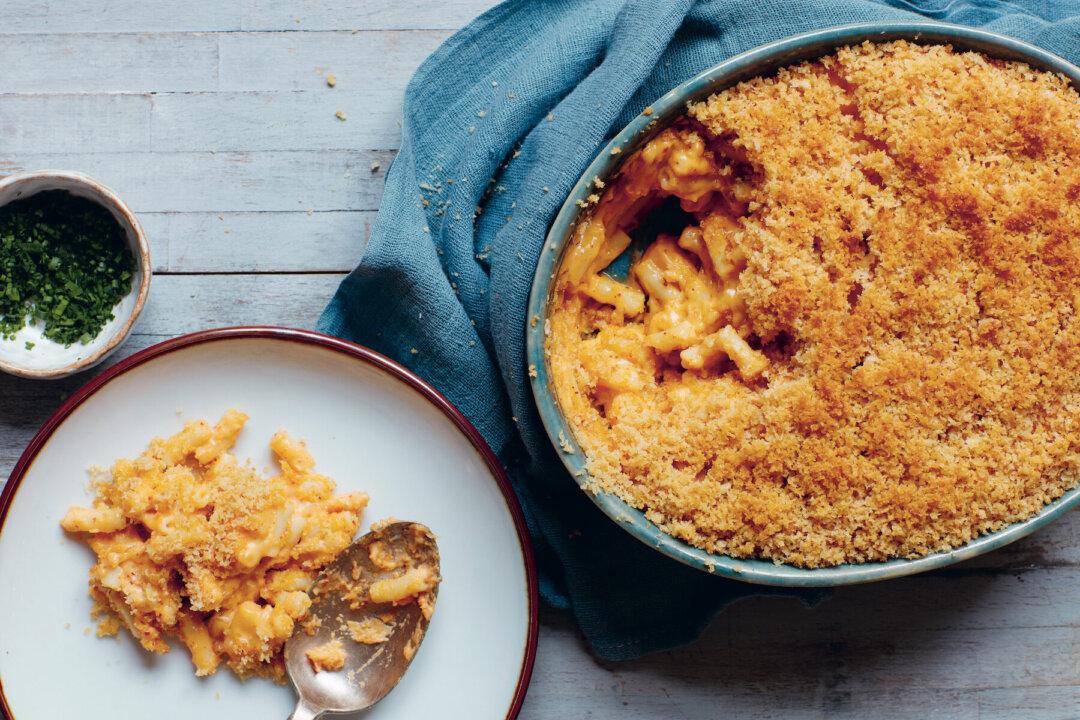When someone mentions soju, the first image that comes to mind is usually that famed little green bottle—Jinro brand soju, the largest producer and distributor of South Korea’s national drink globally. In 2016, Jinro soju was the world’s top-selling alcohol, boasting 73.9 million cases in sales.
Despite its ubiquity, however, this soju does not truly represent what “real,” traditional soju is. In fact, most people, including experts, heavily debate what soju actually is; there is no legal definition for this clear spirit, and production does not have any standardized guidelines or rules. You can make soju anywhere, from anything, and using any process.





